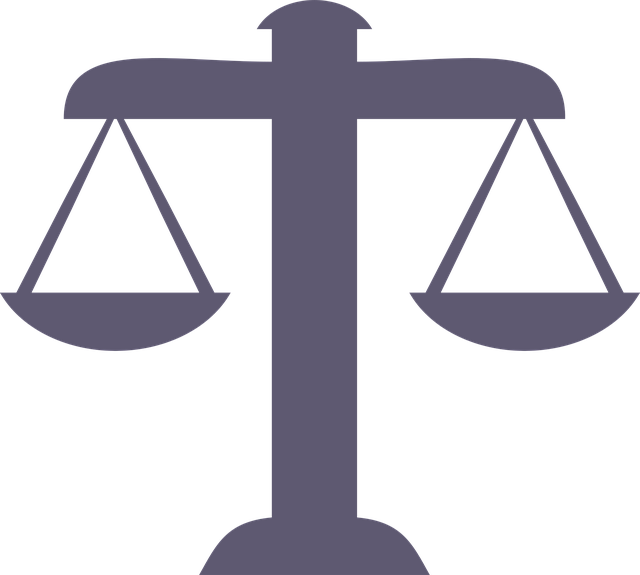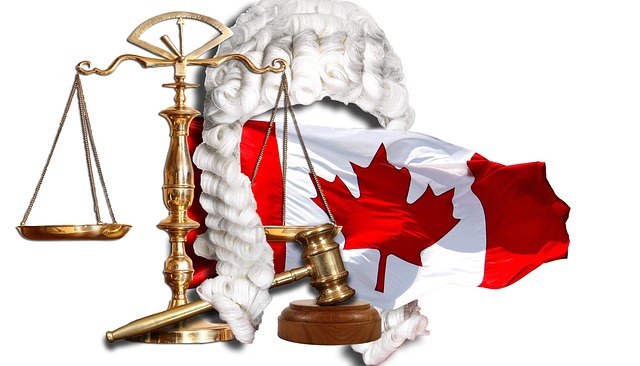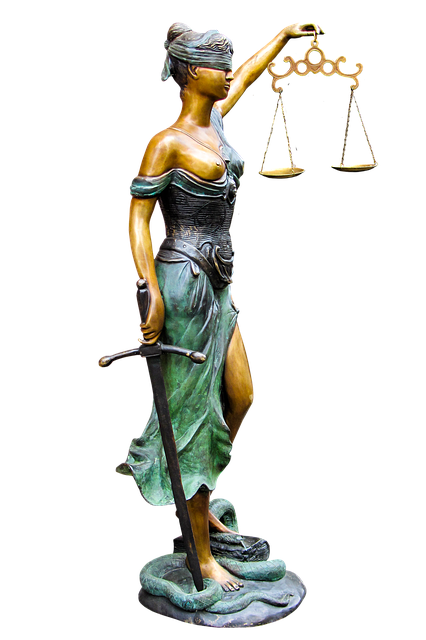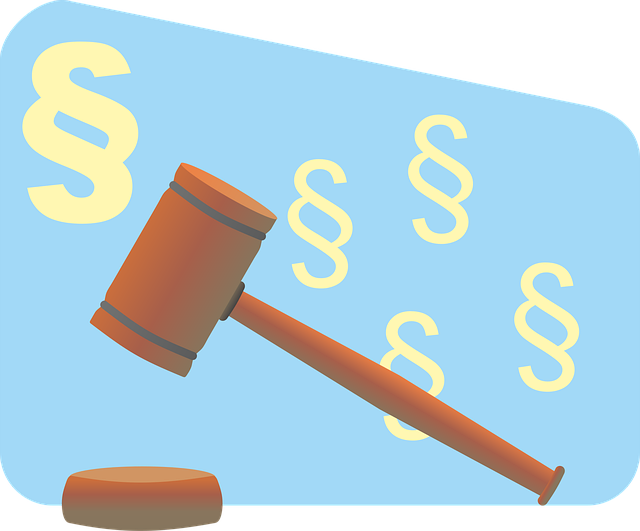C-level investigations face unique hurdles in meeting the legal burden of proof due to complex corporate structures and high-stakes allegations. Overcoming these challenges requires strategic approaches, including robust internal inquiries, efficient navigation of legal landscapes, enhanced internal controls, comprehensive interviews, and advanced digital forensics techniques to ensure thorough data collection and attribution, ultimately strengthening defenses against unfounded charges.
In the corporate realm, high-level investigations (C-Level) present unique challenges. When navigating legal proceedings, understanding the stringent burden of proof is crucial. This article delves into the intricate dynamics of Challenges in Meeting Burden of Proof in Court, exploring common pitfalls faced by organizations during C-Level investigations. We analyze strategic approaches to overcome evidentiary hurdles, providing insights for effective case management and improved outcomes.
- Understanding the Legal Burden of Proof
- Common Challenges in C-Level Investigations
- Strategic Approaches to Overcome Evidentiary Hurdles
Understanding the Legal Burden of Proof

In investigations at the C-level, understanding the legal burden of proof is paramount. Unlike criminal cases where prosecutors must prove guilt beyond a reasonable doubt, civil cases, including those involving white collar and economic crimes, typically require a lower standard of evidence. This means that the onus lies on plaintiffs or investigating bodies to present compelling evidence that supports their claims. However, this isn’t without its challenges. The complexity of corporate structures, financial records, and potential for manipulation can make it difficult to meet this burden, especially when defending against allegations that could lead to complete dismissal of all charges.
The unprecedented track record of successful C-level investigations highlights the evolving nature of legal strategies and evidence collection techniques. As laws and regulations continue to adapt to address white collar and economic crimes, so too must the methods used to investigate them. This dynamic landscape requires a thorough understanding not only of the law but also of the unique challenges presented by each case, ensuring that every step taken is legally sound and strategically effective.
Common Challenges in C-Level Investigations

C-Level investigations present unique challenges due to their high-stakes nature and the complexity of corporate structures. One significant hurdle is the meeting of the burden of proof in court. Unlike general criminal defense cases, where the prosecution bears the onus of proving guilt beyond a reasonable doubt, C-level investigations often require robust internal inquiries to uncover subtle or indirect evidence. This process can be demanding, especially when dealing with large volumes of data and diverse sources of information.
Moreover, winning challenging defense verdicts in such cases demands meticulous documentation and a clear chain of custody for any evidence gathered. The legal landscape in high-stakes cases is often intricate, requiring deep knowledge of regulatory frameworks and prior case law interpretations. Navigating these challenges efficiently is crucial to ensuring the integrity of the investigation and ultimately achieving positive outcomes.
Strategic Approaches to Overcome Evidentiary Hurdles

In launching C-Level investigations, strategic approaches are essential to overcome evidentiary hurdles, particularly when navigating complex corporate landscapes. One key challenge is meeting the burden of proof in court, which requires meticulous documentation and a robust legal framework. Investigations must be designed with an eye for detail, ensuring all relevant data is collected, preserved, and properly attributed to avoid any potential indictment.
A comprehensive strategy includes enhancing internal controls, conducting thorough interviews within philanthropic and political communities across the country, and leveraging advanced digital forensics techniques. By integrating these methods, organizations can strengthen their investigations, enhance transparency, and build a robust defense against baseless allegations.
C-level investigations present unique challenges, particularly when it comes to meeting the stringent legal burden of proof. By understanding these obstacles and adopting strategic approaches, organizations can navigate complex evidentiary issues successfully. Overcoming common challenges such as data integrity, bias, and timeliness is crucial for securing a fair outcome in court. Embracing proactive measures and leveraging innovative tools can significantly enhance the accuracy and reliability of investigations, ultimately strengthening cases and fostering accountability at the highest levels.






